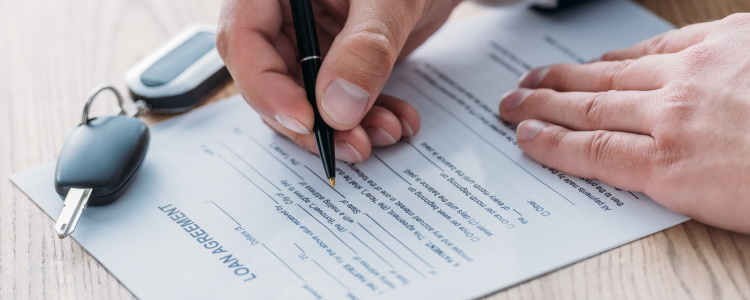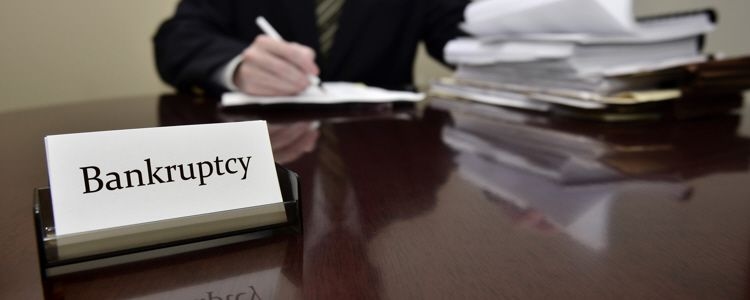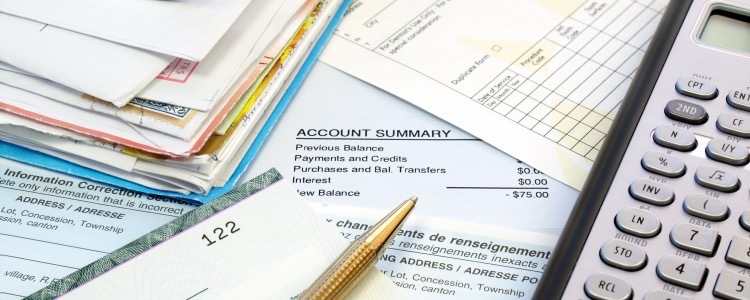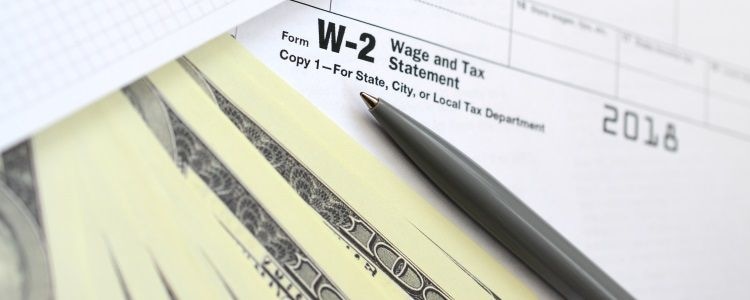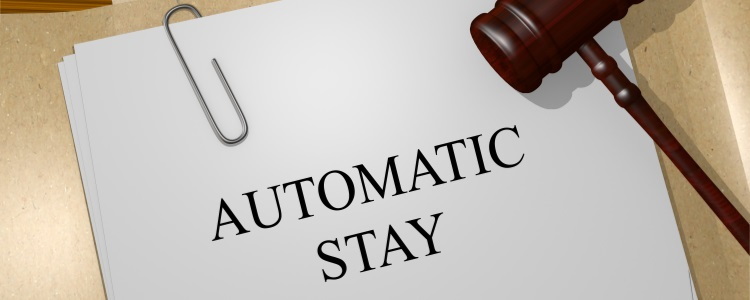If your car has already been repossessed before you file for Chapter 7 bankruptcy, you may be able to get it back – depending on if the lender has sold it at auction yet.
3 Options for Chapter 7 Bankruptcy and Repossession
There are a few different outcomes that can happen when filing for Chapter 7 after a vehicle repossession. What happens to your car depends on which stage you’re at in the repossession process, and when you file for bankruptcy.
Depending on where you are in both processes, one of these three scenarios is likely:
- You still have your vehicle, and an impending repo. If you know that your car is about to be repossessed, and you file Chapter 7 bankruptcy, an automatic stay starts. An automatic stay stops collection efforts, so when you file Chapter 7 the lender can’t repo the vehicle unless they get court permission. Filing bankruptcy typically only delays a repo, though. If you want to keep your financed car after filing, you need to make up any missed or late payments and the vehicle must be covered under an exemption in your state (exemption amounts vary by state). Your lender isn't obligated to work with you if you’re behind on payments, but you may be able to negotiate with them if your car hasn't been repossessed yet.
- Your vehicle was repossessed, but hasn’t been sold. If your car was already repossessed by the time you filed for bankruptcy, you may only have a short time to try to get it back. Usually, lenders sell repossessed vehicles at auction within a few weeks in order to pay off your remaining loan balance. Act quickly if you want to work something out with the lender before the car sells.
- Your vehicle was repossessed, then sold at auction. If your car has already been sold at auction, there’s little to no chance of getting it back (probably). Filing for Chapter 7 bankruptcy isn’t going to do anything to get you the vehicle back if it’s already sold. However, if there is a deficiency balance (leftover loan amount you still owe after the auction), that amount could be discharged in your Chapter 7 bankruptcy.
Negotiating a Repo With Your Lender During a Chapter 7
An automatic stay can give you a chance to talk to your lender about what can be done before your car is repossessed. In most cases, your auto lender probably doesn’t want you to default on the loan – it costs them time and money to repo your vehicle! If you’re already behind on payments, though, your contract may already be broken and your lender may not be able to work with you.
However, if you can talk to your lender and they seem willing to negotiate, then they may be able to rearrange the terms of your loan – like change the due date, lower your interest rate, or possibly lower your monthly payment.
Before any of this can happen, keep in mind that your lender is likely to ask you to reaffirm the car loan and make up any past payments. If you can’t catch back up, then it’s likely that the repo is going to move forward.
The Aftermath of Chapter 7 Bankruptcy and a Repo
Repos remain on your credit reports for up to seven years. Bankruptcy can discharge debt, not clean up your credit reports or guarantee that your vehicle won’t be repossessed.
When it comes to the damage, a Chapter 7 bankruptcy can remain on your credit reports for up to 10 years. After a repo, many traditional auto lenders don't approve borrowers with a repossession until it’s over one year old.
After each passing year, the damage from a bankruptcy or a repo lessens, and there are ways to get a car loan if you really need it.
If you need another auto loan after your vehicle was repossessed, then you likely need to find an in-house financing dealership. These dealers typically don’t request credit reports, so a recent repo wouldn’t be an issue if your credit isn’t pulled.
These dealerships are also called buy here pay here used car lots, and they’re typically a one-stop shop for bad credit borrowers. The biggest downside to this type of financing is that the auto loan may not repair your credit.
Finding an Auto Loan After Bankruptcy
Time is really the only thing that can remove accurate past information on your credit reports. You can, however, work to rebuild your credit once your Chapter 7 bankruptcy is discharged.
In fact, there are car lenders willing to finance borrowers who were recently discharged from bankruptcy called subprime lenders. They probably won’t work with you if your repo is less than a year old, but after that, subprime lenders could be the way you improve your credit reports. These lenders do report their auto loans to the credit bureaus, so you can start rebuilding your credit history with on-time vehicle payments.
Subprime lenders are signed up with special finance dealers, and they specialize in assisting borrowers in tough credit situations. They look at more than just your credit reports, and they determine your ability to take on a car loan based on the many moving parts of your financial stability. If you want to get in touch with a special finance dealership, we can help.
Here at Auto Credit Express, we’ve cultivated a network of these special finance dealers. We have connections all over the country, and we match borrowers to them at no cost. Get started right now by filling out our free auto loan request form and we’ll look for one in your local area.





